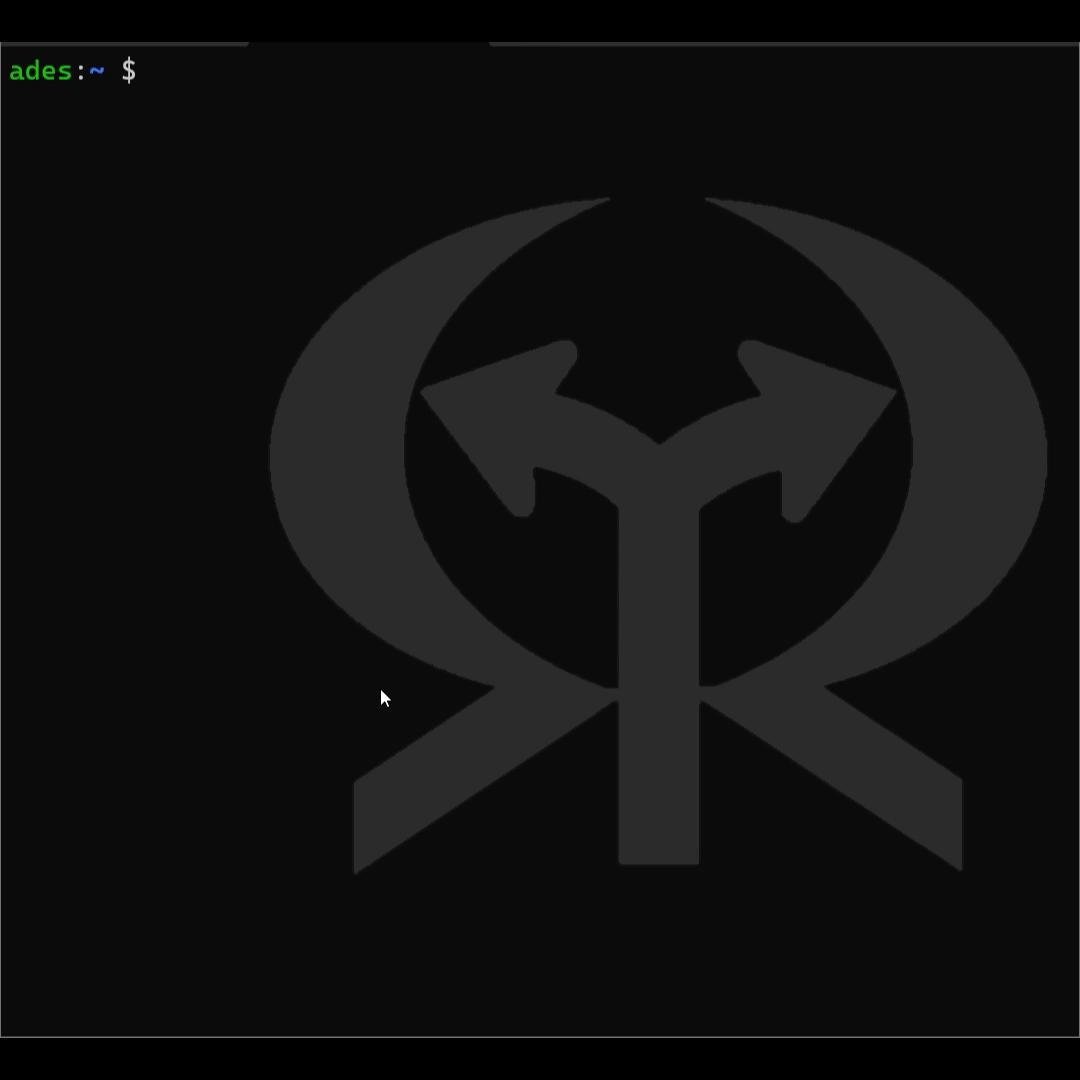CLI Tool Simplifying API Consumption – A Curl Alternative
Do We Really Need Another Tool for API Interaction via CLI? Absolutely. Here's Why.
Let's be honest—when you hear about yet another tool for API interaction via CLI, the first question that pops into your head is probably, "Do we really need this?"
I get it. With tools like curl, Postman, and a variety of SDKs, you'd think we've got all our API interaction bases covered. But… what if I told you there's a way to make API consumption faster, simpler, and—dare I say it—enjoyable?
Curl is Powerful—But Clunky
I'm not here to trash curl. It's been a staple in the dev toolkit for years. It's flexible, supports tons of protocols, and can handle everything from HTTP requests to FTP transfers. But here's the thing: when it comes to modern APIs, it's… clunky.
We've all been there, spending 15 minutes crafting the perfect curl command, managing headers, query parameters, body data, and trying to remember which flag does what. And don't even get me started on how messy the command looks by the time you're done!
Swagger Specs? Awesome—but not Simple
APIs are everywhere, and Swagger has done wonders in documenting them. But there's a gap between beautifully documented APIs and actually consuming them through the CLI. Translating Swagger specs into curl commands can feel like a chore. You still have to wrestle with formatting, parameters, and authentication.
Why are we wasting valuable brainpower on this?
Remember How kubectl Changed the Game?
Let's take a trip down memory lane. When Kubernetes first emerged, people were still using curl to interact with the API. It worked, but it was clumsy. Then came kubectl, and it was like the clouds parted. Interacting with Kubernetes became intuitive, fast, and human-friendly. Suddenly, what once required multiple lines of curl commands could be done with a simple, easy-to-read kubectl command.
That shift changed the way we think about interacting with Kubernetes. What if we had that for every API? Well, guess what? We do.
Enter GYAT: Your New kubectl for APIs

GYAT is the CLI tool that steps into the ring, not to replace curl (which still has its place), but to give developers, testers, and systems integrators a more natural, streamlined experience with APIs.
GYAT reads Swagger specs and gives you simple, intuitive commands like get, apply, delete, and more. Forget spending time wrangling with flags or parsing API docs—GYAT does the heavy lifting for you. You can run commands like:
gyat petstore get pet 10
That's it. No more multi-line, headache-inducing curl requests.
For more complex interactions, GYAT supports flags for headers, query parameters, and body data. But the beauty is, you don't have to remember them all. GYAT guides you through the process, making API consumption feel like a breeze. Combine that with the power of Swagger specs, and you've got a tool that's as powerful as it is user-friendly.
::: tip
Check out the documentation to see how GYAT can simplify your API interactions.
:::
It's Not Just Another Tool—It's a Better Experience
This isn't just about creating yet another CLI tool for the sake of it. GYAT is here to improve your experience—whether you're a seasoned developer, an API tester, or a systems integrator working with complex microservices. It simplifies your workflow by making APIs feel native, not like an external entity you have to constantly wrestle with.
Just like kubectl became the go-to tool for Kubernetes, GYAT is here to be the go-to tool for any Swagger-based API. It turns complex API interactions into simple, human-readable commands, giving you more time to focus on what really matters: building and shipping great products.
Here's Why GYAT is a Game-Changer:
-
No More Complex Curl Commands
Say goodbye to those longcurlstrings. GYAT makes interacting with APIs as easy as usingkubectlfor Kubernetes. -
Swagger Specs, Simplified
GYAT reads Swagger specs directly, so you don't have to manually translate them into API calls. It's automatic, fast, and seamless. -
Intuitive Command Structure
Whether you need toget,apply, ordelete, GYAT's commands are easy to understand and execute. You don't need to reference docs every time. -
Designed for Developers, Testers, and Integrators
Whether you're debugging an API or testing new endpoints, GYAT fits right into your workflow, making interactions more efficient and enjoyable. -
CLI Mastery, API Simplicity
If you're familiar withkubectl, GYAT's structure will feel second nature. That means a shorter learning curve and more productive days. -
Boost Your Productivity
Less time spent on tedious command crafting means more time to focus on coding, testing, and building. GYAT is designed to make you faster. -
Future-Proof for Modern API Ecosystems
As APIs grow in complexity, GYAT scales with you. It's built to handle the needs of today's microservice-heavy architectures.
Let's Wrap It Up: Why GYAT?
The real question isn't, "Do we need another API tool?" It's, "Do we need a better API tool?" The answer is a resounding YES.
GYAT isn't just another option in the sea of CLI tools—it's a game-changer. It's designed to make consuming APIs intuitive, fast, and, yes, actually enjoyable. In the same way that kubectl revolutionized Kubernetes management, GYAT is here to redefine how you interact with Swagger-based APIs.
Ready to Experience GYAT?
Don't just take my word for it—give GYAT a try and see how it transforms your API workflow. Your days of wrestling with curl commands are over. Welcome to the future of API consumption.
Get started with GYAT today and see the difference for yourself. Documentation, examples, and more are waiting for you. Say goodbye to clunky API interactions and hello to a new era of simplicity and speed.